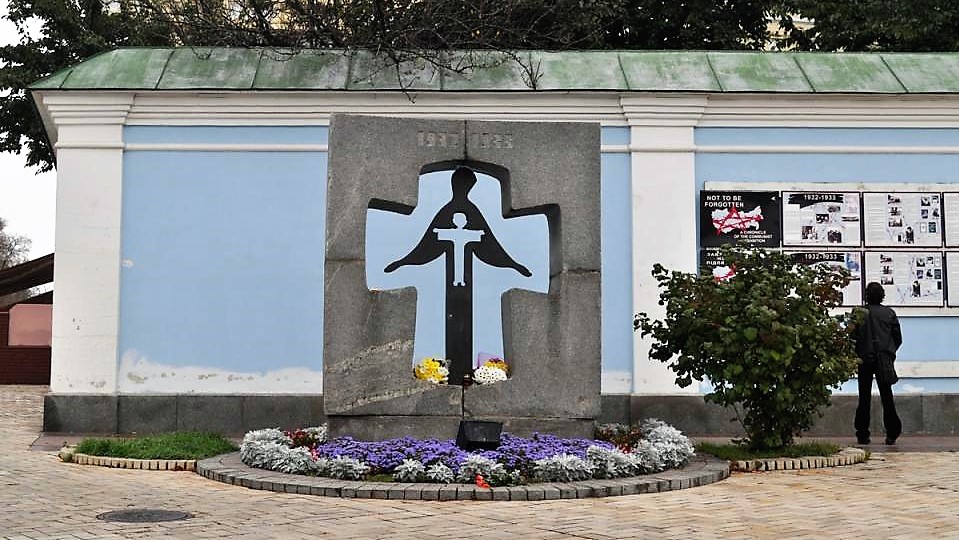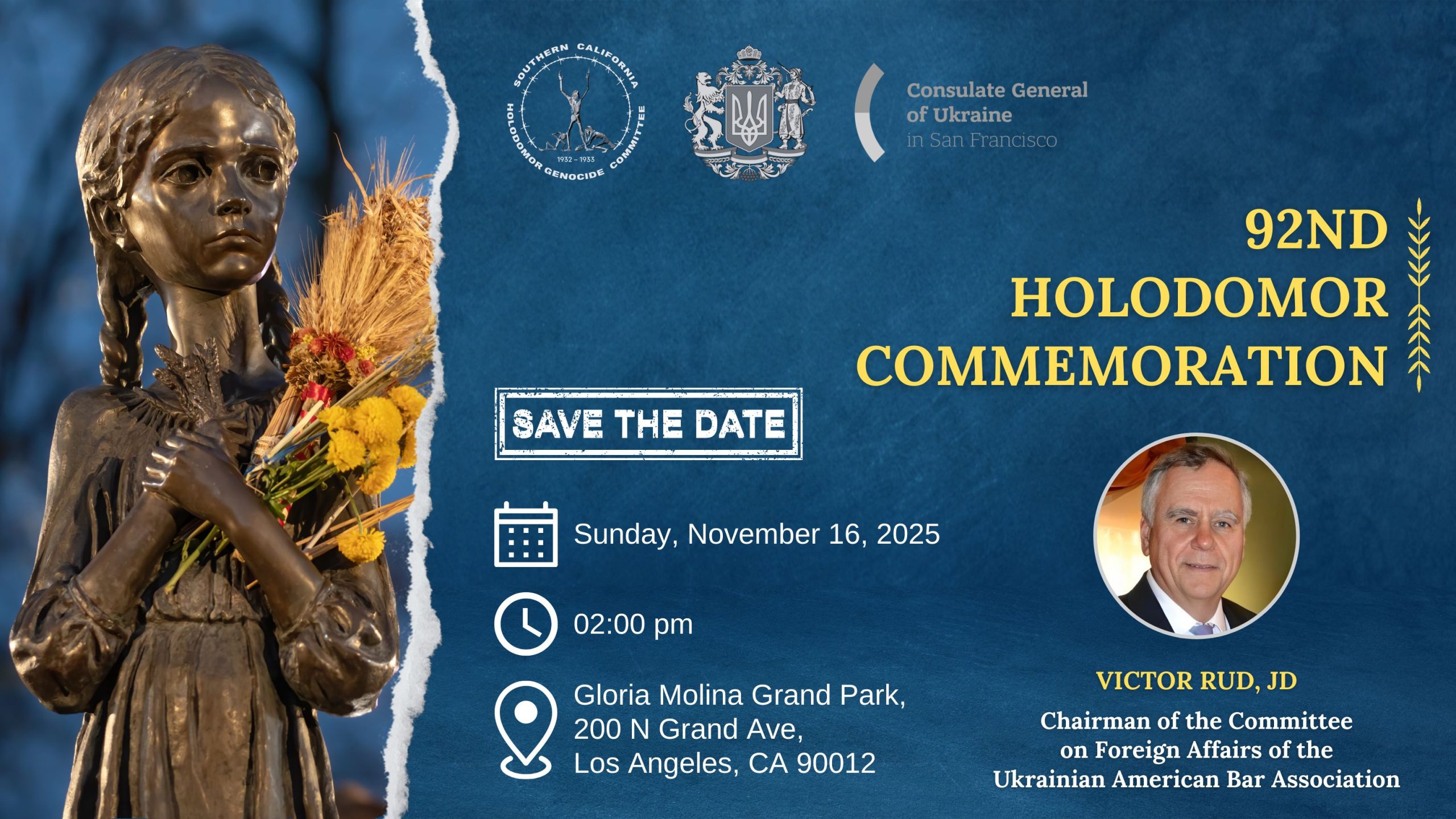
Commemorating
the Holodomor Genocide
in Ukraine
SENATE CONCURRENT RESOLUTION
Please consider and support the measure that would declare November 2023, and annually thereafter, as Holodomor Memorial Month, and November 25, 2023, and the fourth Saturday of November annually thereafter, as Holodomor Memorial Day.
mln people died due to hunger
0
mln people unborn due to decline of population growth after the Famine
0
mln people lost by the highest estimation
0
countries recognized the Holodomor as a genocide
0
US states recognized the Holodomor as a genocide
0
monuments commemorate the Holodomor outside Ukraine
0
What I want to speak about is perhaps the classic example of Soviet genocide, its longest and broadest experiment in Russification – the destruction of the Ukrainian nation. <…> The full force of the Soviet axe has fallen, with its familiar tools of mass murder, deportation and forced labor, exile and starvation.
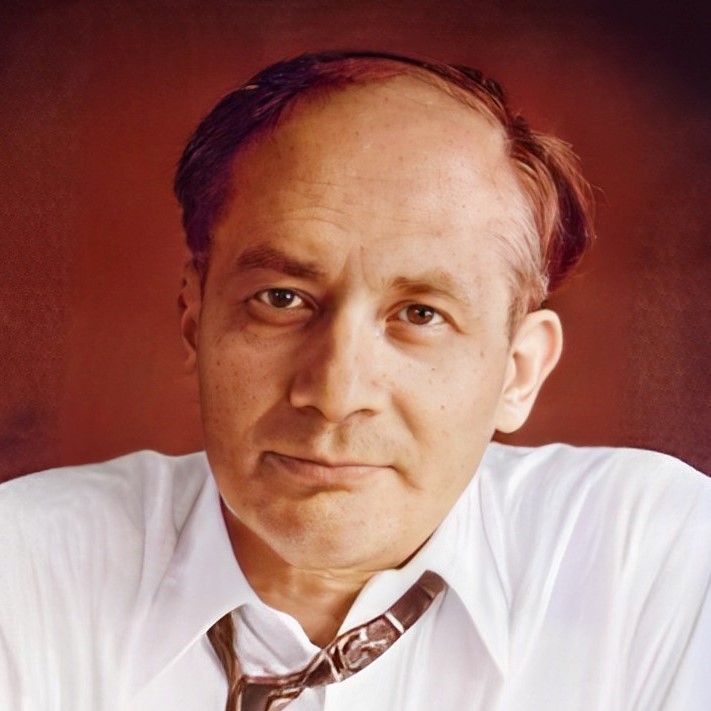
Neither crop failure nor bad weather caused the famine in Ukraine... Starvation was the result, rather, of the forcible removal of food from people’s homes; the roadblocks that prevented peasants from seeking work or food; the harsh rules of the blacklists imposed on farms and villages; the restrictions on barter and trade; and the vicious propaganda campaign designed to persuade Ukrainians to watch, unmoved, as their neighbors died of hunger.

Though collectivization was a disaster everywhere in the Soviet Union, the evidence of clearly premeditated mass murder on the scale of millions is most evident in Soviet Ukraine. Collectivization had involved the massive use of executions and deportations everywhere in the Soviet Union, and the peasants and nomads who made up the bulk of the Gulag’s labor force hailed from all of the Soviet republics. Famine had struck parts of Soviet Russia as well as much of Soviet Ukraine in 1932. Nevertheless, the policy response to Ukraine was special, and lethal.
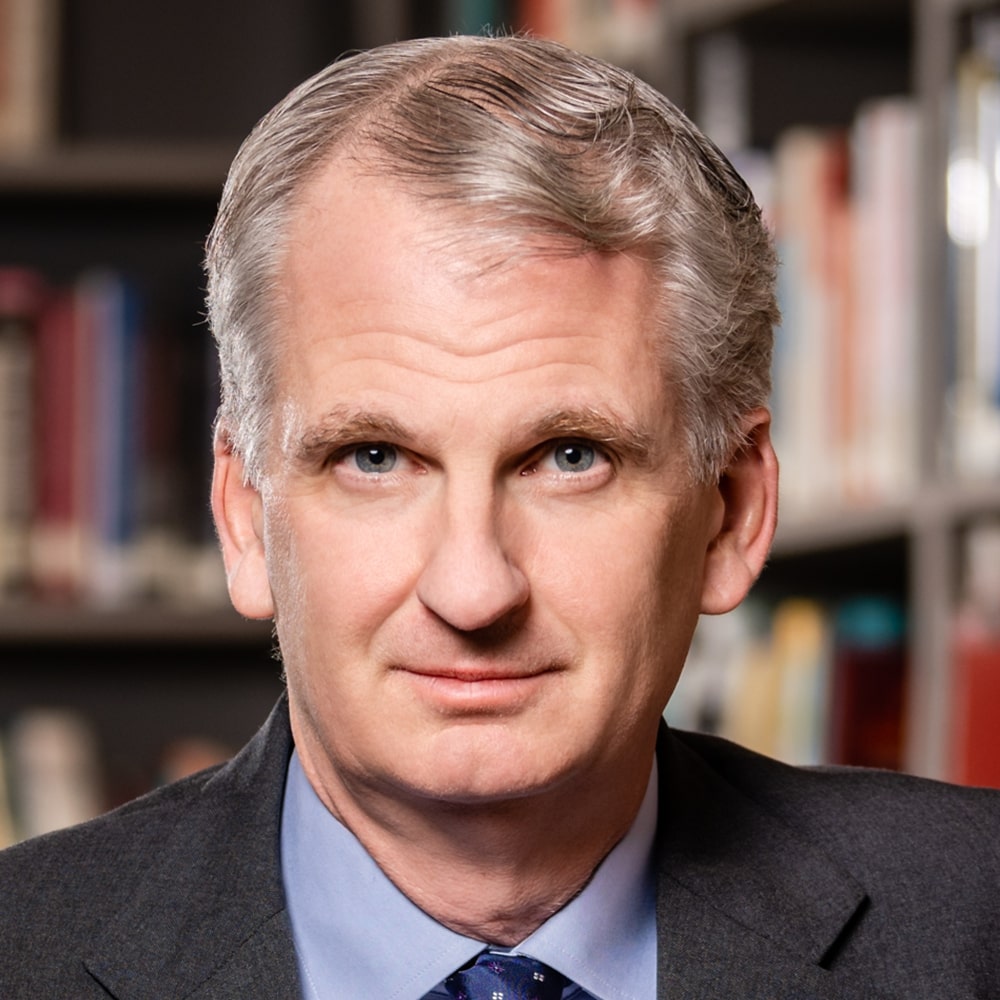
The Ukrainian famine of 1932–1933, which followed the forced collectivization of Soviet agriculture, is much more than the most appalling event in the Soviet government’s war against the peasantry. Persuasive evidence suggests that it was really a function of Soviet nationalities policy, carried out in tandem with a campaign to crush every manifestation of Ukrainian national life and constituting an attempt to crush the social basis of that life.
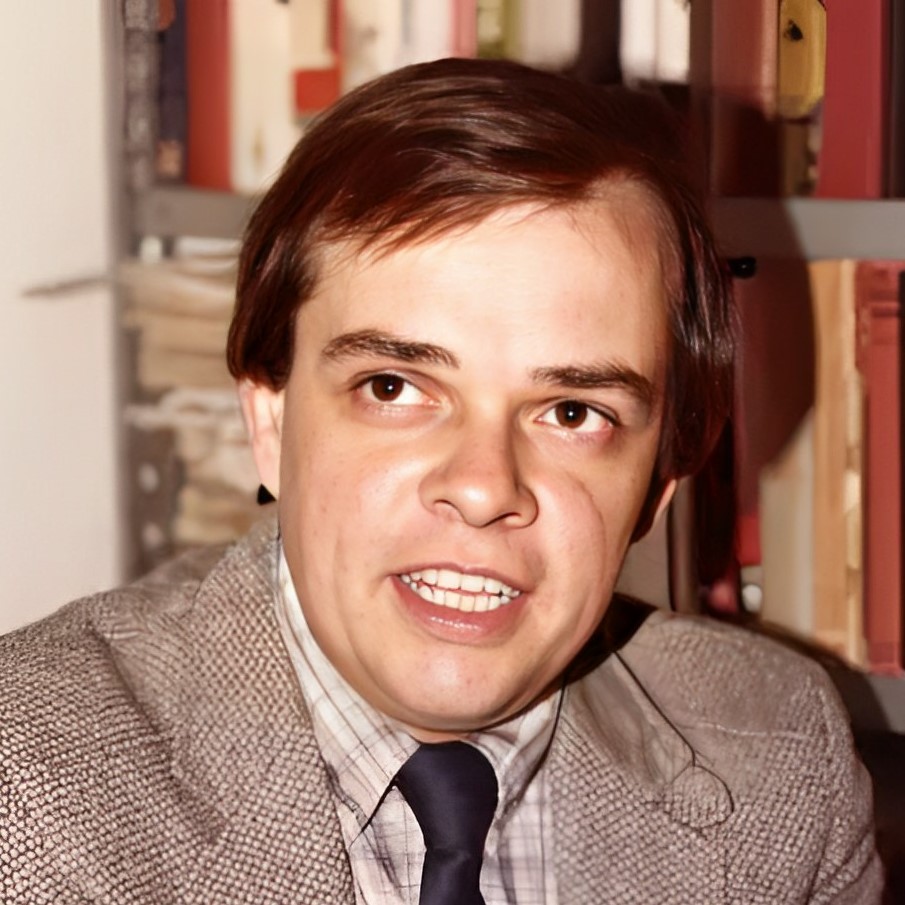
A genocide begins with the killing of one man – not for what he has done, but because of who he is.
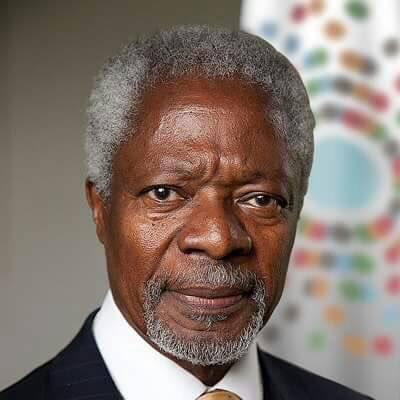
History has not recorded another such crime as the famine perpetrated against an entire nation, nor one ever carried out in such a cold-blooded manner. <…> Indeed, it was a genocidal famine, the one that was employed by Stalin and his followers as a means of subduing the Ukrainian farmers. <…> The famine of 1932-33 in the Soviet Union has been an entirely ignored, neglected, misinterpreted, and distorted event. <…> Americans have had difficulty in accepting a story so unbelievably inhuman.
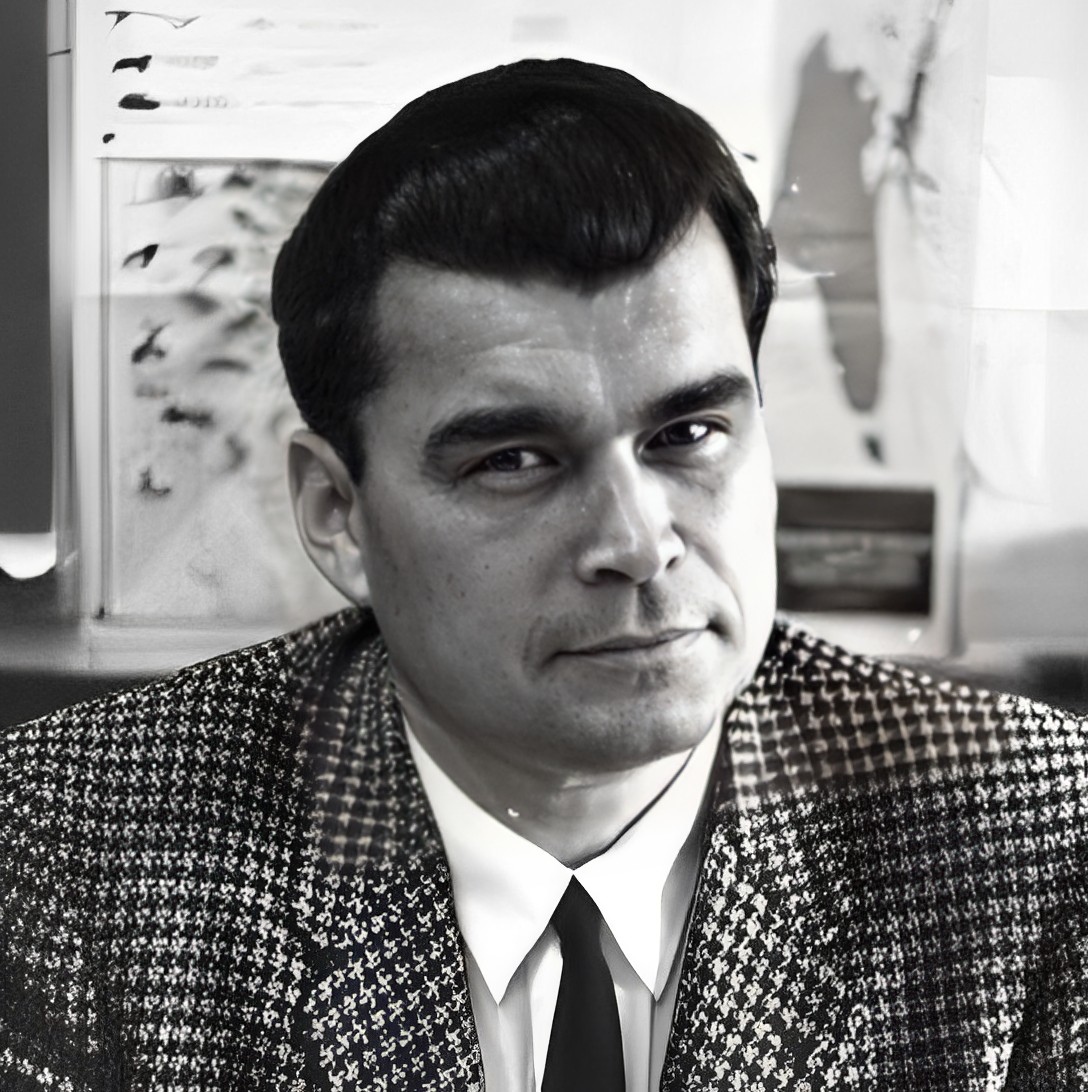
The bottom line is that Stalin, Molotov, Kaganovich and their ilk were convinced that the Ukrainian peasants as a group were “enemies of the people” who deserved to die. That was enough for the Soviet leadership; that should be enough to conclude that the Ukrainian famine was genocide.

Holodomor
Timeline
of Events
Los Angeles
Holodomor Monument
A Ukrainian genocide memorial at Grand Park in downtown Los Angeles





